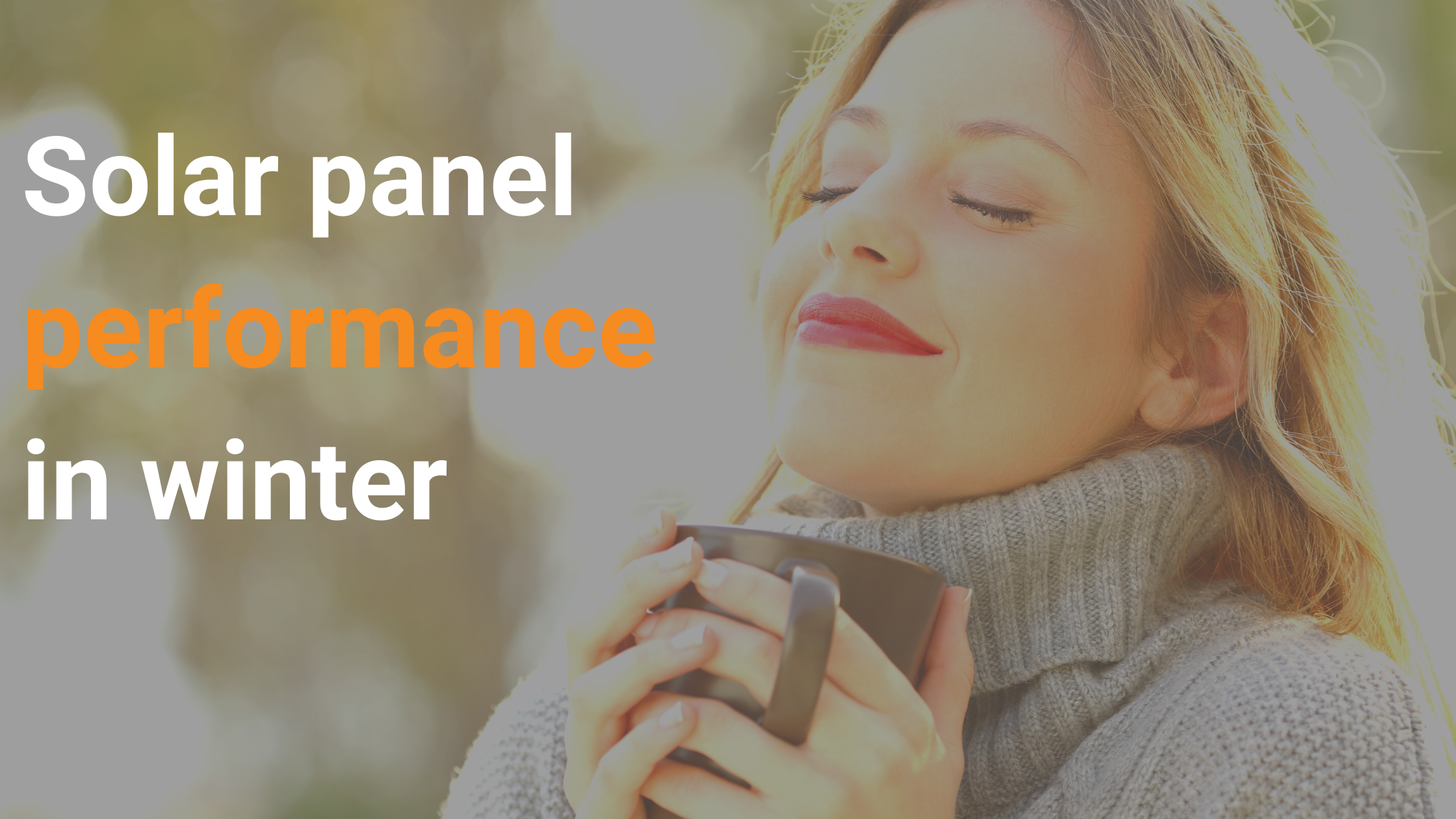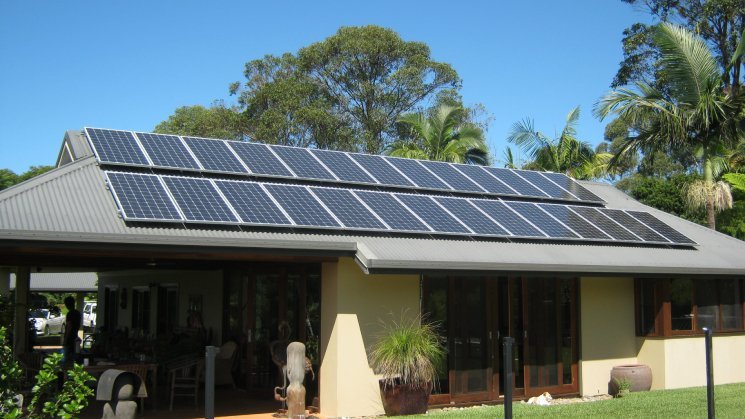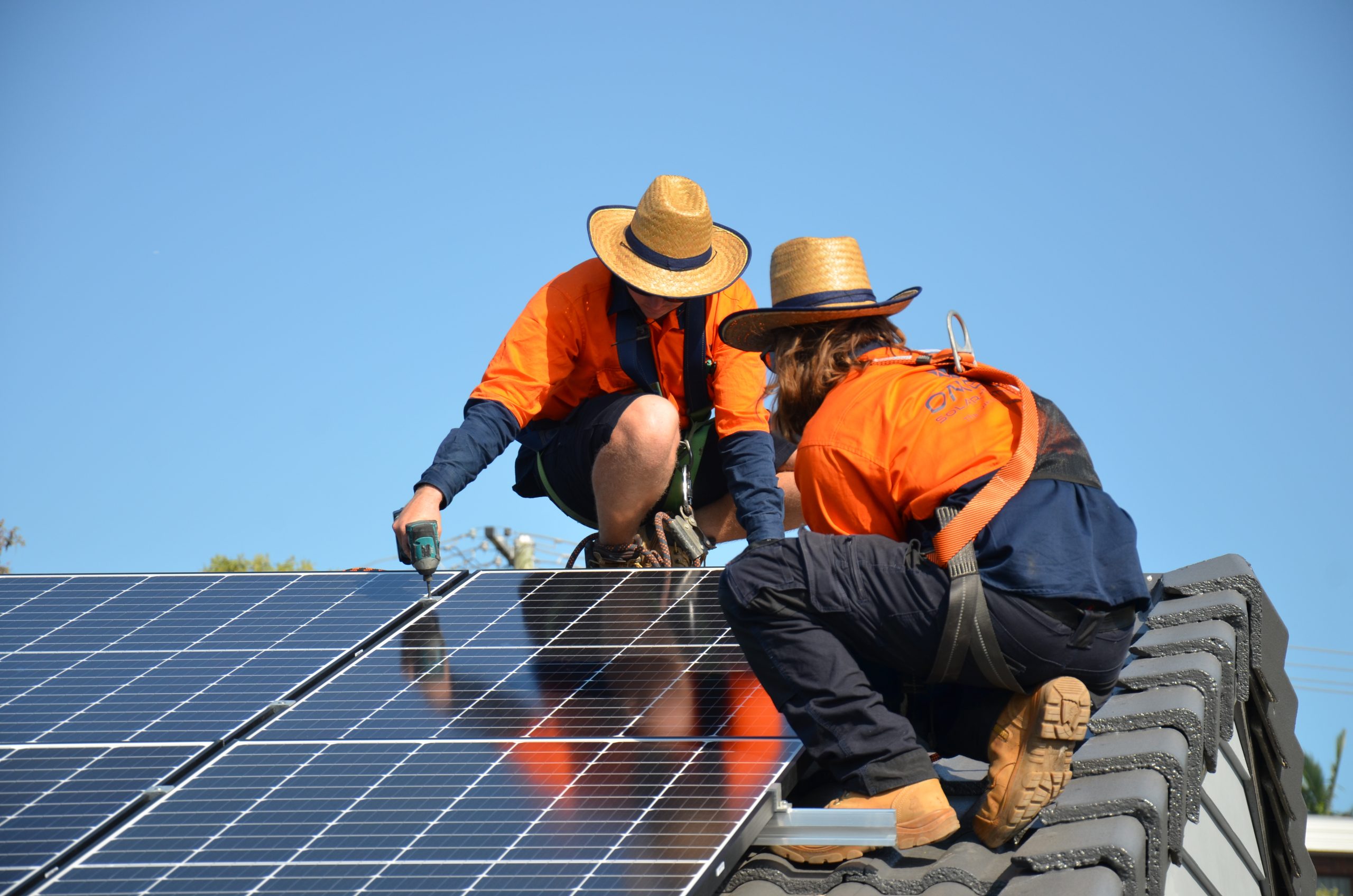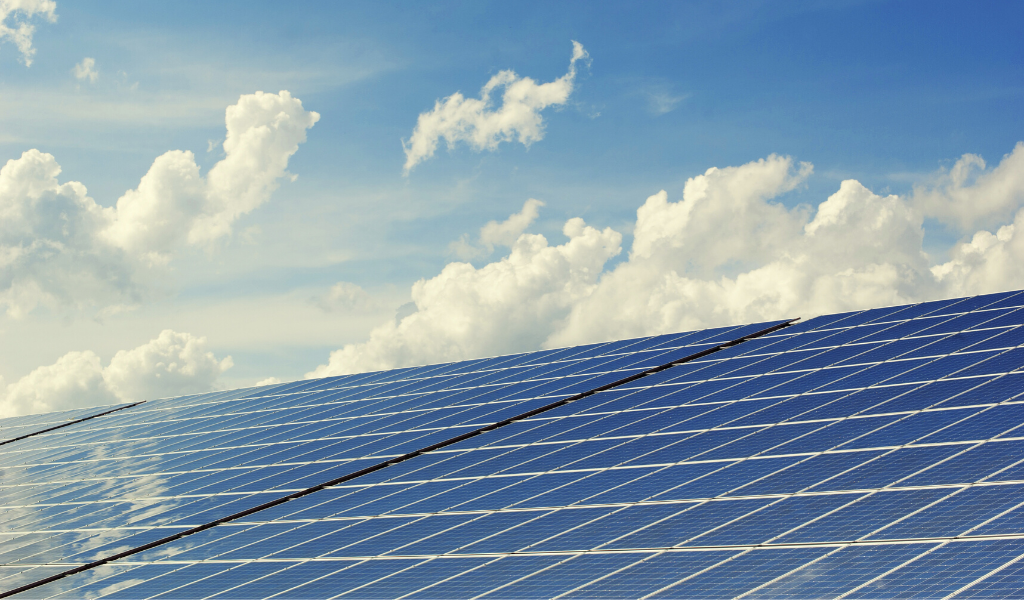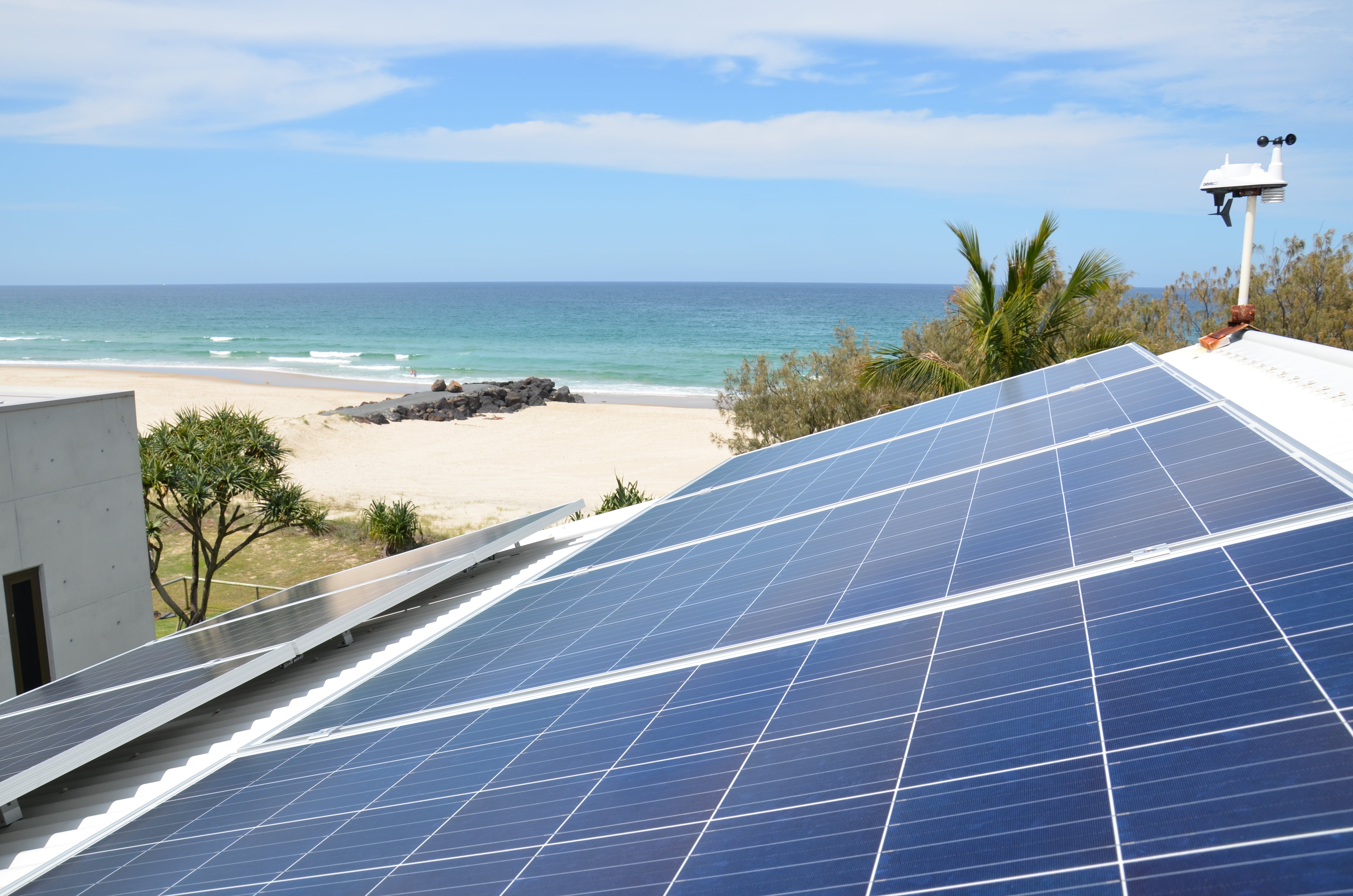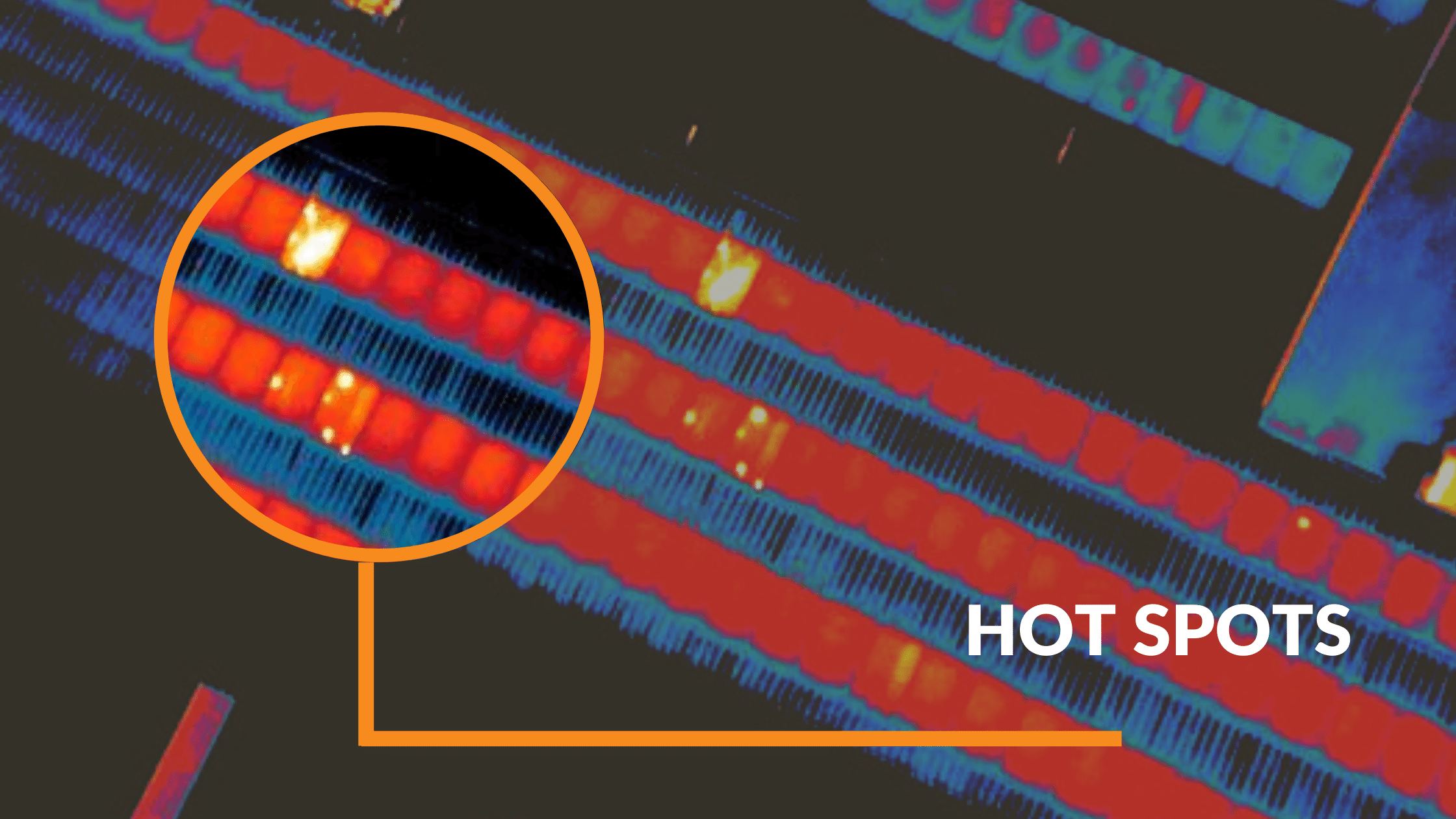
What are ‘Hot Spots’?

By now you’ve probably read our latest blog on why quality solar is important.
Along with bringing you everything you need to know to evaluate cost against value, we’re highlighting some common issues in our quality solar series that we see when homeowners choose a low quality, cheap solar system.
We’re kicking it off with one of the number one fears of solar system owners – hot spots.
So, What Are Hot Spots?
Hot spots are areas of high temperature that affect a solar cell by consuming energy instead of generating it.
This causes the panel to become overloaded and warm, resulting in a short-circuit which reduces overall output efficiency while accelerating material degradation.
Causes of Hot Spots
We’ve seen firsthand how cheap, low quality panels installed by budget installers often lead to a lack of action on quality guarantees and unexpected failures. The following have been known to increase the likelihood of causing hot spots:
- Mishandling of silicon cells or poor soldering may cause microfractures during manufacture, while damage occurred during transportation or installation can lead to overloaded areas.
- Cell mismatching may occur when cells of different currents are connected in a series. When cells of higher currents are trying to push more energy through cells of limited capacity, this may cause high temperatures.
Roof conditions related to partial shading on solar panels due to trees or vegetation. When one cell in a module is shaded it doesn’t generate any current, however the rest of the cells in the module continue to work. That excess electricity must go somewhere which is where a hot spot may occur.
Consequences of Hot Spots to your Solar System
Corners can be cut when installing a solar system that may seem to reduce installation time and cost but ultimately leaves you with a trove of expensive issues that affect panel power performance, cell degradation and your wallet.
With hot spots causing excessive power and overheating in a small area, this can lead to cell cracking, melting of solder or degradation of the entire solar cell.
Hotspots also commonly cause the protective glass to shatter, which will likely cause the system to shut down as moisture affects the electrical circuit. While continual breakdown and softening of insulating material can even cause the module to catch fire in a worst-case scenario.
Avoid Hot Spots Like the Plague
Firstly, ensure you’re buying a system from a company that uses quality products and takes the utmost care when designing and installing systems. You can ask to see guarantees, certificates and proof of transparency of the manufacturing process.
A reputable provider should provide a comprehensive assessment of the proposed environment and will be conscious of the impact of potential shading. By providing you with a detailed study, you can determine the effects of trees, poles or high-rise buildings that may shade your property through the day.
Most quality providers, like Omega Solar & Batteries, check all the solar panels they install while handling the systems with care. Installers should also provide you with a maintenance and care package which is scheduled regularly to manage environmental factors and care for your panels.
Also, if you think you have a hot spot issue with a low outputting solar system you can request the solar sales company you purchased from to do an electroluminescence imaging (EL). Similar to an X-ray, this can identify cell damage such as micro-cracks, hotspots and uneven soldering that can’t be seen with the naked eye.

